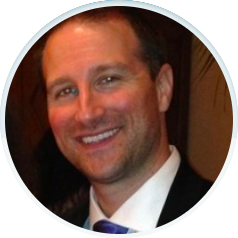 It is no secret that workforce planning for caregivers is among the most challenging forms of scheduling operations. Providing care is a 24/7 job and usually requires multiple caregivers per patient to ensure proper coverage.
It is no secret that workforce planning for caregivers is among the most challenging forms of scheduling operations. Providing care is a 24/7 job and usually requires multiple caregivers per patient to ensure proper coverage.
On top of this, we find that care needs are fluid, so the managers and the care team are always working on implementing effective planning and new methodologies to make full-service delivery of care possible.
The 3 Critical Mistakes
A recent example of human error when everything right was in place, but a series of simple events led to a fall. This patient on 24/7 non-medical care support and had fallen down when there was no care around to help her. Why was there not a caregiver there? There were three seemingly reasonable decisions made based on wrong operating assumptions that led to this event.
Mistake 1: Faulty Scheduling.
The scheduler spoke to all the caregivers for this client the day before and confirmed everyone was on the same page. It turned out that the scheduler had spoken to the caregiver for the following day, not for the day being discussed. This was a HUGE error in and of itself but one with a few safety nets. It is best practice to have the caregiver call the on-call coordinator and address a situation, such as not being relieved at shift change. The faulty scheduling can then be coordinated by the on-call coordinator, who is available to check the schedule and adjust the schedule in real time.
Mistake 2: Wrong Operating Assumptions.
The caregiver on the night shift called the on-call coordinator in the morning because their morning relief hadn’t shown up. The night shift caregiver was following protocol by not leaving until the next person showed up. This was when the on-call coordinator assumed the scheduling gap was accounted for and that nothing was wrong with that gap. She didn’t double check the patient’s records or give the family a quick call to confirm the needs for 24/7 care were still in place. Since hardly any of the patients are 24/7 and most care needs are fluid, it was not an unreasonable thing to think. The only problem being it was WRONG and didn’t apply to the specific patient. The on-call coordinator gave permission for the Caregiver to leave, while the patient was left with a gap in coverage.
Mistake 3: Not Airing With Caution.
The caregiver at this point should have said, ‘I don’t think it’s OK to leave this patient alone.’ She knew there was no one there to watch her and was very familiar with the patient’s risk. She was the final safety net that had failed. Being tired and ready to leave, the caregiver put his or her own needs above the client’s needs. They failed to ask the question: how is the client’s safety risk affected if I decide to do this?
Lessons Learned
As a reader with an outside view, it’s easy to make some assumptions about what went wrong: quality of hire, training, culture, etc. But that was not the case with this care agency – they are top notch and have excellent quality assurance and training for its staff. These were a series of careless decisions that could happen to any care agency with a bad result.
Our consultants at Sixth Sense Solutions have worked with multiple types of care agencies, so we have seen many circumstances unfold. Even with all of the best practices in place, there will always be human error. While problems are unavoidable, a philosophy of building a team learning organization, where we learn from our mistakes and build out additional fail-safes is a possible route. If your agency can do that you will be able to increase safety, improve best practices, deliver better care and protect patients from harm.
Contact us to find out how Sixth Sense Solutions proven methodologies can help your business.
About the Author

Keith Freeman
A dynamic thinker with a great sense of humor, Keith Freeman, MBA, is a Strategic Consultant offering unique solutions to transform healthcare organizations such as hospitals, hospice/palliative, home health, and home care, RCFE/assisted living and skilled nursing facilities and professional healthcare staffing services that support them.

